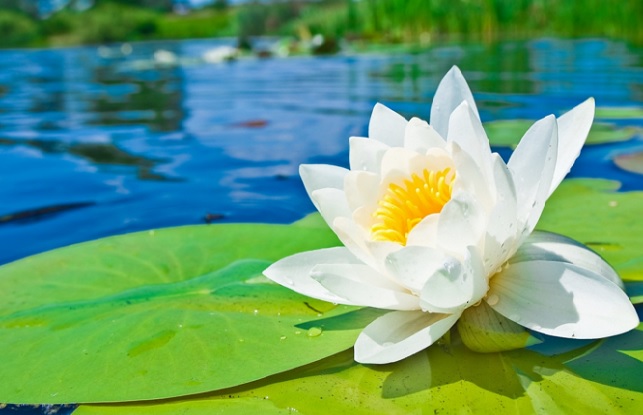Water lilies, scientifically known as “Nymphaea,” are a captivating and diverse group of aquatic plants found in various parts of the world. Among them, the teratai888, as they are known in Indonesia, are particularly enchanting. These exquisite water lilies, with their delicate blossoms and lush leaves, have a long history of cultural significance and are celebrated for their beauty and symbolism.
A Symbol of Beauty and Purity Teratai, or water lilies, have been cherished in many cultures as symbols of beauty and purity. In Hinduism and Buddhism, they are associated with divine beauty and enlightenment, as they often bloom in pristine water, seemingly untouched by the impurities of the world. The pure white teratai, in particular, is a symbol of purity and enlightenment.
Varieties of Teratai Water lilies come in a wide range of colors and shapes, making them a favorite among garden enthusiasts. In addition to the classic white teratai, there are varieties in shades of pink, red, and yellow, each with its unique charm. The vibrant hues of these blossoms make them a popular choice for ornamental water gardens and ponds.
Adaptations to Aquatic Life One of the most remarkable features of teratai is their adaptation to aquatic life. These plants have specialized leaves with air-filled cells that help them float on the water’s surface. The leaves are often round or heart-shaped, providing a perfect platform for the striking flowers to bloom above the water. This adaptation allows them to thrive in various aquatic habitats, from calm ponds to slow-moving rivers.
Ecological Importance Beyond their aesthetic appeal, teratai play a crucial role in aquatic ecosystems. Their floating leaves provide shade and cover for fish and other aquatic creatures, helping to maintain a balanced ecosystem. Moreover, the flowers attract pollinators like bees and beetles, contributing to the overall biodiversity of wetland areas.

More Stories
Physiotherapists: The Architects of Movement and Recovery
The Enduring Allure of Gold: A Timeless Symbol of Wealth and Power
De Kracht van Kunst in je Woonruimte